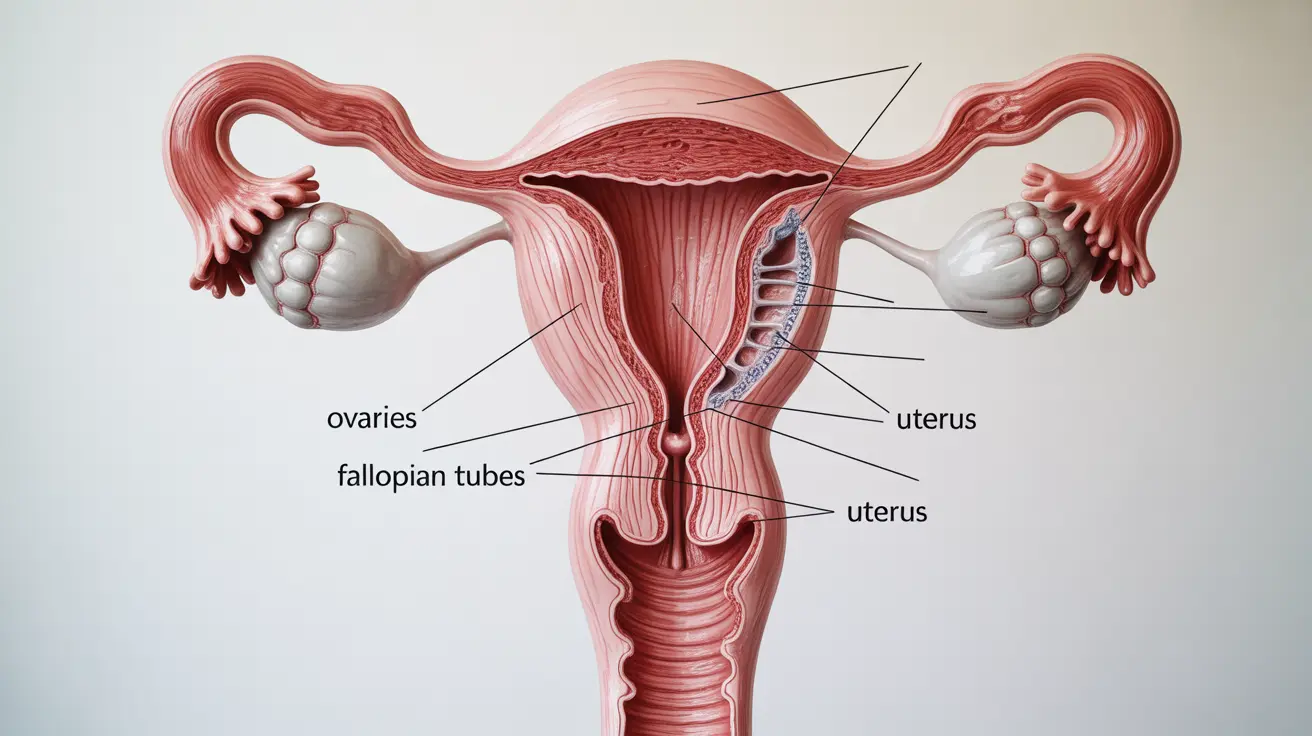Understanding stage 1 ovarian cancer survival rates across different age groups is crucial for patients and healthcare providers alike. When detected early, ovarian cancer often has a more favorable prognosis, though outcomes can vary significantly based on several factors, including age at diagnosis and specific tumor characteristics.
This comprehensive guide explores how age impacts survival rates, treatment approaches, and overall prognosis for women diagnosed with stage 1 ovarian cancer, helping patients and their families make informed decisions about their care.
Understanding Stage 1 Ovarian Cancer Survival Rates
Stage 1 ovarian cancer is considered an early-stage diagnosis, where the cancer is confined to one or both ovaries. The overall five-year survival rate for stage 1 ovarian cancer is notably higher than later stages, with many patients achieving long-term survival when receiving appropriate treatment.
Survival Rates by Age Group
Age plays a significant role in ovarian cancer outcomes. Generally, younger women diagnosed with stage 1 ovarian cancer tend to have better survival rates than older patients. This difference can be attributed to several factors:
- Better overall health and ability to tolerate aggressive treatments
- Fewer concurrent medical conditions
- Greater likelihood of receiving optimal treatment protocols
- Often more responsive to chemotherapy
- Better surgical outcomes
Impact of Tumor Type on Survival
Different types of ovarian tumors can affect survival rates, regardless of age. The main types include:
- Epithelial tumors (most common)
- Germ cell tumors (more common in younger women)
- Stromal tumors
Early Detection and Symptoms
Recognizing early symptoms of ovarian cancer is crucial for improving survival rates. Common early-stage symptoms include:
- Bloating or abdominal swelling
- Pelvic pain or pressure
- Changes in bowel habits
- Frequent urination
- Feeling full quickly when eating
Treatment Approaches Based on Age
Treatment Options for Younger Patients
Younger women with stage 1 ovarian cancer often receive more aggressive treatment approaches, which may include:
- Fertility-sparing surgery when appropriate
- Comprehensive surgical staging
- Adjuvant chemotherapy when indicated
- Clinical trial opportunities
Considerations for Older Patients
Treatment for older patients requires careful consideration of:
- Overall health status
- Presence of other medical conditions
- Treatment tolerance
- Quality of life priorities
- Support system availability
Improving Early Detection
While no standardized screening test exists for ovarian cancer, several strategies can help improve early detection:
- Regular gynecologic examinations
- Prompt investigation of persistent symptoms
- Genetic testing for high-risk individuals
- Awareness of family history
- Discussion of risk factors with healthcare providers
Frequently Asked Questions
What is the five-year survival rate for stage 1 ovarian cancer, and does it differ by age group or tumor type? The five-year survival rate for stage 1 ovarian cancer typically ranges from 80-90%, with younger patients generally having better outcomes. Tumor type significantly impacts survival, with epithelial tumors having different prognoses compared to germ cell or stromal tumors.
How does being diagnosed at a younger age affect the outlook and treatment options for stage 1 ovarian cancer? Younger patients often have better outcomes due to stronger overall health, better tolerance of aggressive treatments, and access to more treatment options, including fertility-sparing procedures when appropriate. They may also respond better to chemotherapy and have fewer complications from surgery.
What are the typical symptoms of stage 1 ovarian cancer, and why is early detection important for survival? Early symptoms include bloating, pelvic pain, changes in bowel habits, and feeling full quickly. Early detection is crucial because stage 1 ovarian cancer has significantly higher survival rates compared to later stages, with more treatment options available.
What types of treatment are most effective for stage 1 ovarian cancer, and are older women less likely to receive these treatments? Surgery and chemotherapy are the most effective treatments for stage 1 ovarian cancer. While older women may receive modified treatment plans based on their overall health and ability to tolerate aggressive therapy, the goal remains to provide the most effective treatment possible within safety parameters.
Can lifestyle changes or regular health screenings improve the chances of detecting ovarian cancer at an early, more treatable stage? While no guaranteed prevention exists, maintaining regular gynecologic check-ups, staying aware of family history, pursuing genetic testing when indicated, and promptly reporting unusual symptoms to healthcare providers can help increase the likelihood of early detection.




